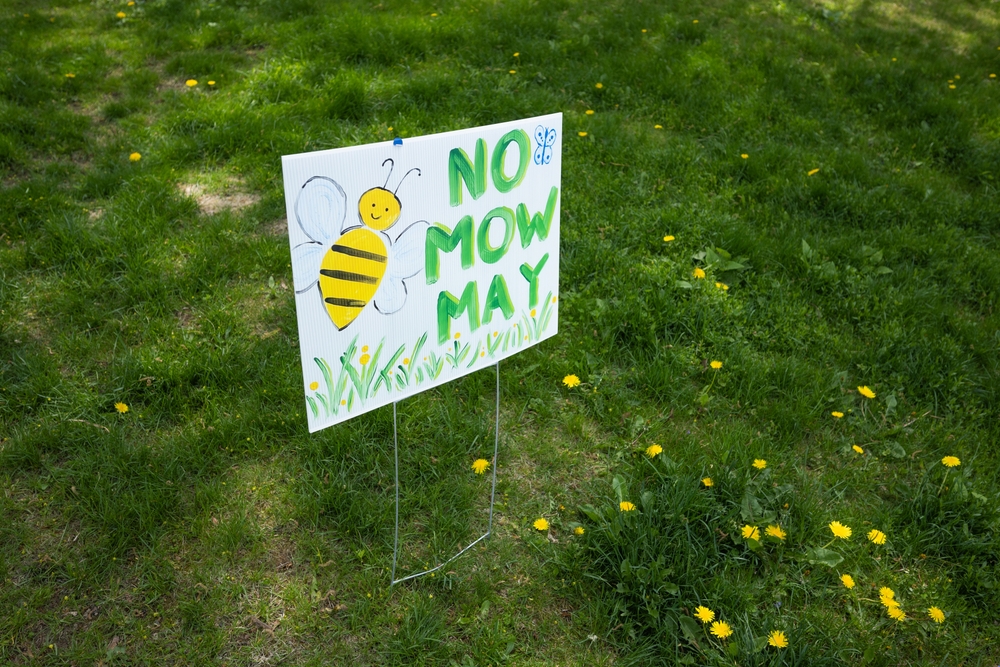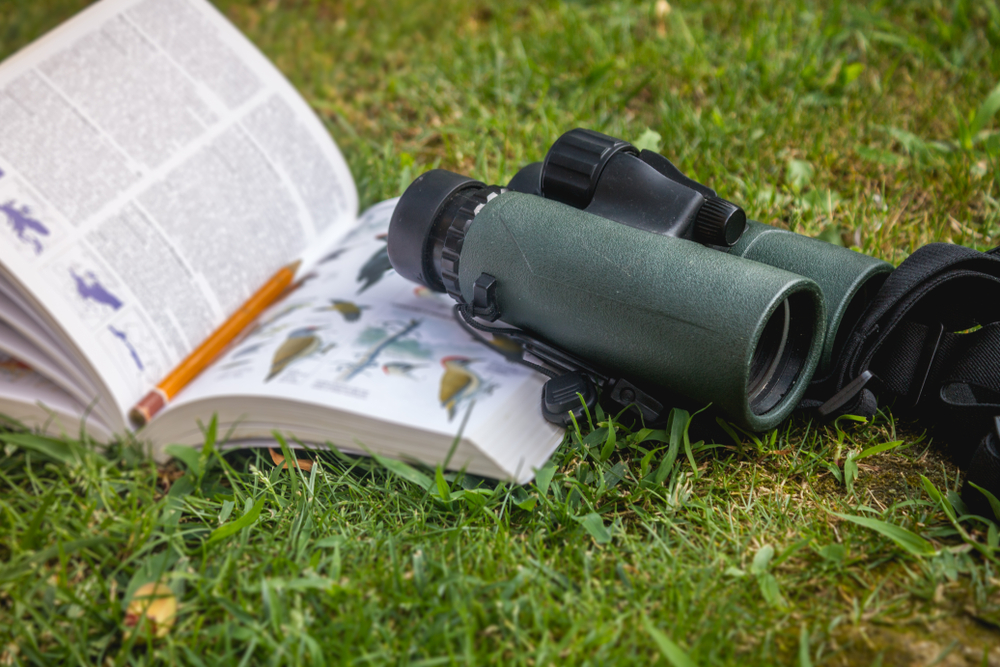Many conscious consumers choose to limit their online shopping to reduce their personal footprint, but entrepreneur Sam Merrett is taking sustainable commerce to a new level. After purchasing a 64-foot steel-hulled sailboat on Craigslist in 2015, he launched a “clean shipping” venture which offers a carbon-neutral supply chain between the Hudson Valley and the New York Harbor.
Merrett and his partners were inspired by the wind-powered boats which carried cargo down the Hudson before the process was motorized. They think this old school model can provide a feasible blueprint for transportation even in the 21st century. Ben Ezinga, one of the partners told The New York Times, “We’re providing a counternarrative to that dominant narrative of ‘more, better, faster.’”
After acquiring the schooner, dubbed the Apollonia, Merrett and his team repaired and rebuilt it, adding some modern features like toilets and bunks. The ship took her maiden voyage in May 2020 and can be found carrying products like ayurvedic condiments from Catskill, spelt flour from Hudson, and wool yarn from Ghent. These products make the hundred-mile trip south to New York City before reaching their final destinations via solar-powered e-bikes and sometimes horse-drawn carriages provided by Prospect Park Stable.
As for consumers and distributors, they have their own reasons to source their goods via the Apollonia. The pandemic has upended shipping operations, making this wind-powered vessel a reliable way to get their product to consumers, but it also offers producers a way to add another layer of sustainability to their products. For companies that already invest in compostable packaging and locally sourced ingredients, carbon-neutral shipping is another way to demonstrate their commitment to sustainability. And for consumers, it’s a great way to get regionally produced goods while cutting down on their personal footprint.
The crew knows that one carbon neutral boat sailing down the Hudson won’t change the world, but they hope that if they can prove that the model is sustainable, it will prompt other companies to rethink their operations and cut down on emissions where possible. “This is the new green economy. These are green jobs. Even two years ago they didn’t exist. We’re making them exist,” said Ezinga.
This story is part of our ‘Best of 2021’ series highlighting our top solutions from the year. Today we’re featuring business solutions.












